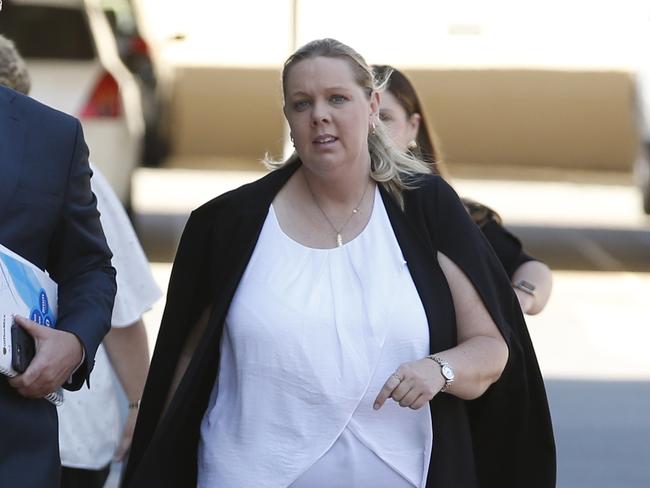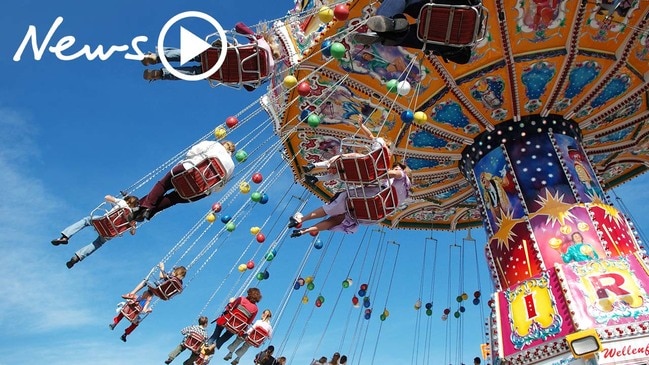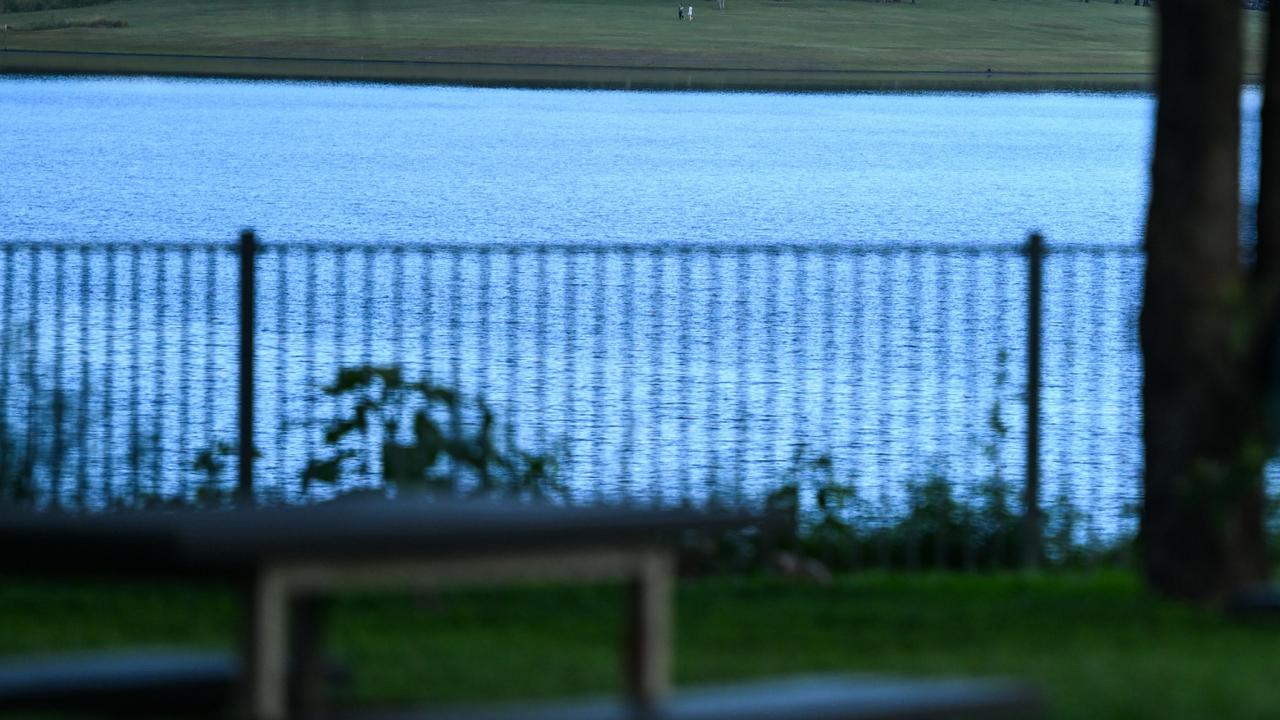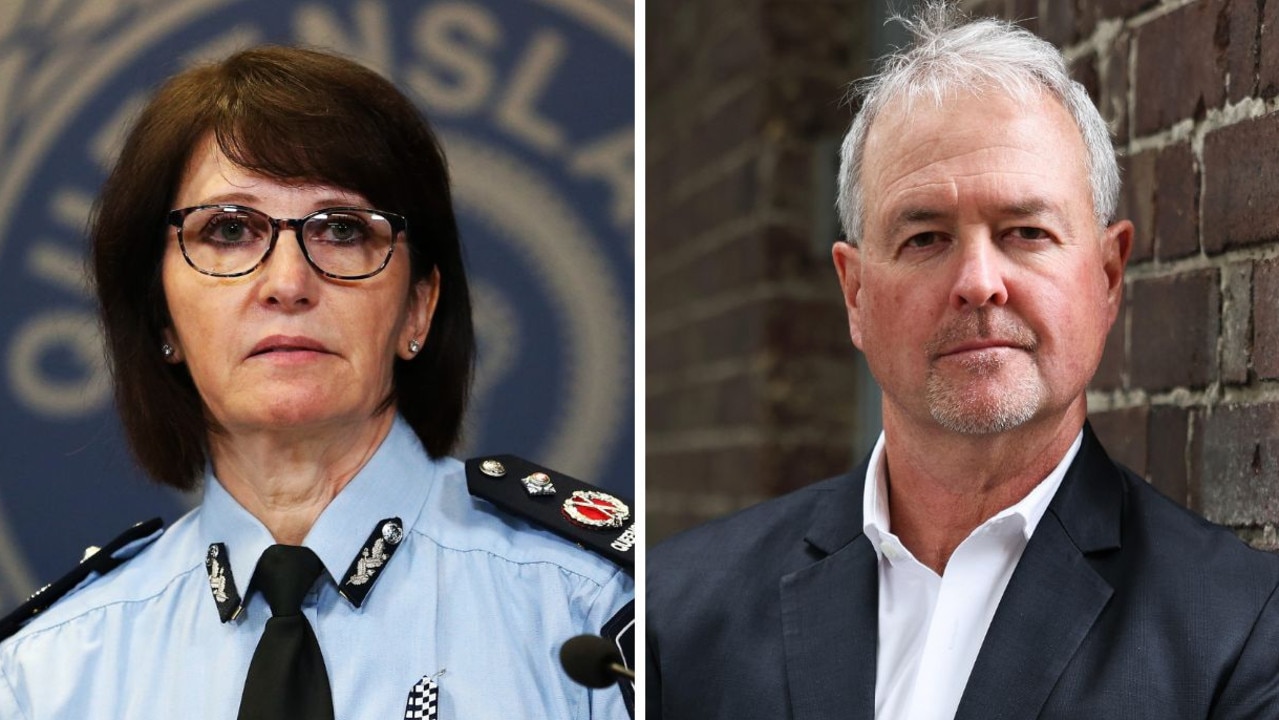Dreamworld inquest: Coroner gives ultimatum over disaster
A damning report from Workplace Health and Safety Queensland’s top safety engineer found several major faults that meant Dreamworld’s Thunder River Rapids ride should never have been in operation at the time of the tragedy that claimed four lives.

QLD News
Don't miss out on the headlines from QLD News. Followed categories will be added to My News.
A DAMNING report from Workplace Health and Safety Queensland’s top safety engineer found several major faults that meant Dreamworld’s Thunder River Rapids should never have been in operation at the time of the tragedy that claimed four lives.
‘A total failure by everybody’
Dreamworld staff’s legal bid after tragedy
The report, from David Flatman, found missing slats from the conveyor, excess corrosion, crumbling concrete, unidentified controls and a host of other factors meant the ride was “unsafe to operate and a more rigorous maintenance regime should have been implemented”.
He also said it appeared there had been “little learning” from previous incidents and near-misses on the ride.
FOLLOW ROLLING UPDATES BELOW
Earlier, the inquest into the deaths of four people on the ride in Novermber 2016 was told a US safety audit firm had been given a final opportunity to co-operate with the Dreamworld tragedy inquest amid warnings it could face adverse findings.
Counsel assisting the inquest Ken Fleming QC told the hearing today repeated attempts to contact JAK, which carried out safety inspections of rides at Dreamworld before the 2016 Thunder River Rapids disaster, had been unsuccessful.
Mr Fleming said there had been attempts to contact JAK by registered mail and even LinkedIn to no avail.
He said the Coroner’s Office would write to JAK “one last time ... giving them a final opportunity to respond to us so that the rules of natural justice can be fully applied”.
Mr Fleming said JAK could face adverse findings over the way in which ride inspections were conducted ‘or the things that may have been missed’.
UPDATE, 12.30PM
A WORKPLACE Health and Safety report in to the Thunder River Rapids tragedy found missing conveyor slats, inadequate training and the wedging of a raft on a railing were the chief causes of the 2016 disaster.
Giving evidence at the inquest on the Gold Coast, David Flatman, WHSQ’s chief safety advisor was shown a copy of his report in to the tragedy including key findings he believed caused the accident.
He listed a stationary raft sitting on rails instead of flowing through the water due to a drop in water levels, ‘missing slats on the conveyor’ and ‘lack of adequate operator training’.
His report found an empty raft ‘grounded’ on the rails that would normally guide rafts along the course.
It also ruled that missing slats created a void large enough for the raft carrying Kate Goodchild, Luke Dorsett, Roozi Araghi and Cindy Low to be drawn in to the gap, causing the raft to suddenly invert.
He wrote that the failure of the ride operators to notice the drop in water level also played a factor, along with their failure to activate emergency stop buttons.
“The delay in stopping the conveyor caused the jammed raft to be vigorously and resulted in a fourth passenger falling from his seat in to the gap,” he wrote.
UPDATE, NOON
EVEN low-level deckhands knew how to shut down Dreamworld’s doomed Thunder River Rapids ride, an inquest has been told.
Appearing as a witness on Friday morning, business implementation officer Nichola Horton, who had previously worked as an attractions supervisor, told Coroner James McDougall it should have been ‘obvious’ to notice if one of the ride’s pumps had failed and that even the
lowest-qualification of ride attendants had been trained to shut down the ride in the case of an emergency.

The failure of the two ride attendants on duty on the day of the tragedy to stop the ride - and what level of training they received, has been a major component of the inquest.
Level 2 and level 3 operators were on duty at the time of the disaster. Previous witnesses have been critical of a confusing ride control panel and a convoluted shut down process requiring several different steps.
However, in a statement provided to Workplace Health and Safety investigators shown to the court, Ms Horton said even at deckhand level - the least qualified position allowed to work on the ride, staff were trained to shut the ride down ‘in case there’s an emergency’.
She also said it should have been obvious to those on duty that a water pump had failed because the water level would have dropped noticeably and the noise levels would also have changed.



